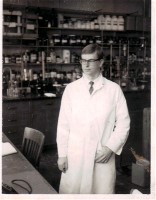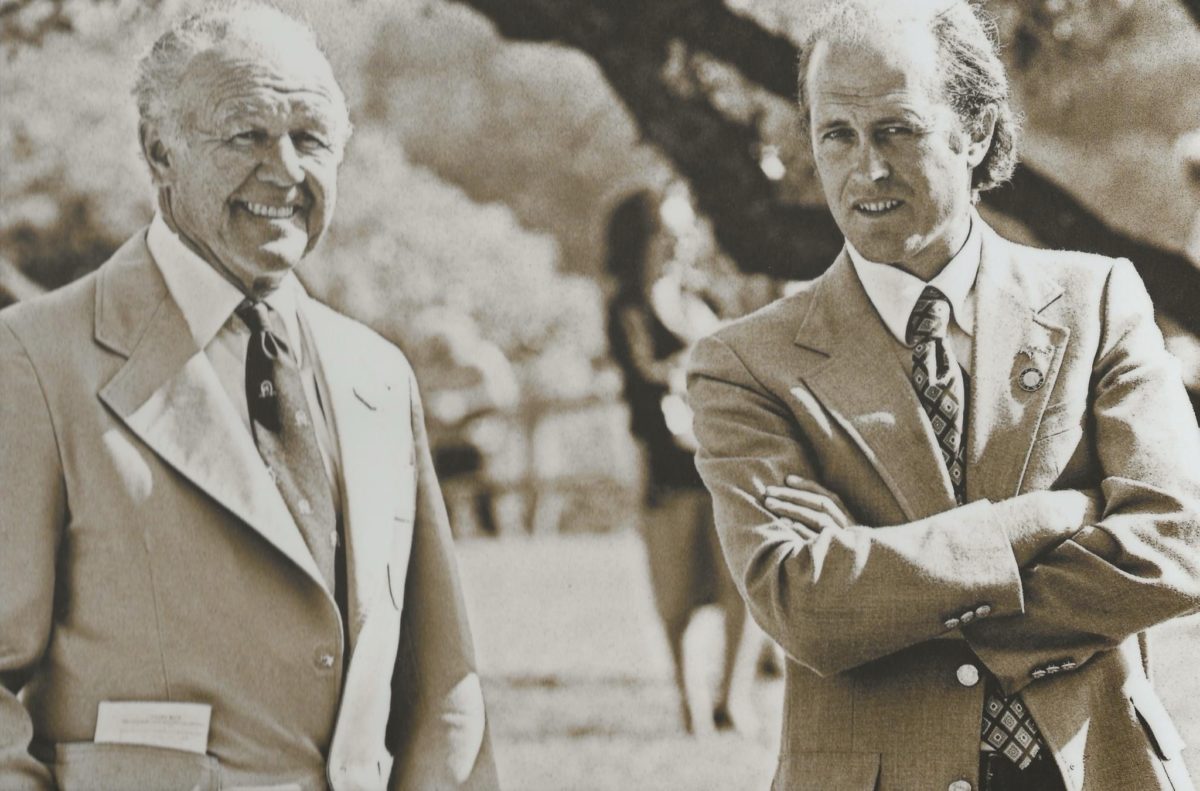Which training method did Jonathan Sheppard employ?
When somebody complained how Jonathan Sheppard would never explain his training program to them, this was my response:
Well, some of us understood his training program which was essentially reverse-engineered in congruency with the horse’s running date, its condition, the competition it would be up against, along with the expectations of its upcoming performance while always keeping the race AFTER that performance in mind.
He trained on a three week schedule divided up into six day weeks, but the amazing factor is that the day the horse was to run or work was actually the 8th day of that cycle, (in other words, he used a leap-day {kind of like the “leap year”} to relegate when he would test each individual horse’s stamina level). He was a genus in unlocking the athletic abilities of the equine in utilizing both the muscles’ need for a rest period combined with the necessity to condition and test the muscular tissue. I suspect the reason he never told anybody is because he worked off of intuition and understood that the athletic components change from day to day, along with differing conditions, also adding the parameter of those unexpected idiosyncrasies of the physical, athletic body.
Chip Van Hassel
For the most part, we could predict what he had planned for each horse each day basing it off of:
1. When did the horse have a day off?
2. When is the horse going to run?
3. How tough is the race going to be, or what type of competition is the horse going to compete against?
4. (And MOST IMPORTANTLY,) when was the race AFTER that performance going to be?
(I’ve never thought to break it down like that, but that was the intuition at play.)
He always conditioned his athletes in a progressive way, using days in a progressive manner; and he understood how and when to encourage a horse to peak on the day it was to work or run.
Not many trainers would ask a horse for everything it’s got three days before the horse was to run or blow the horse out the day before it was to run. He had me blow a horse out the MORNING OF the race, one morning at Deleware park one time!
I asked him why he had me do that and he explained, “Sometimes, Chip, with a big, stuffy colt like that, you have to get some wind into him.” (Get some air into his lungs.)
It was all intuition; but I only gained that intuition by studying his timing on how he got a horse to peak.
He would drive up and make sure we started jogging (from the walk) from “back to front” in the set.
…
If the lead horse started jogging first in the line, everybody was doing it wrong!
The last horse in the line was supposed to pick up a jog first, then, the second to last, and so forth- all the way up to the person leading the set- who was to be the last one to pick up a jog.
It was during THAT sequence when Mr. Sheppard decided what each individual horse was to do for that workout.
The later generations, like Keri Bryan, were NEVER taught this, NEVER did it and, therefore, have not carried on his genius.
It is a shame; but he imparted his wisdom to a handful of us- it would be nice to employ that wisdom with the horses of today- but people simply do not respect our experience, knowledge or our reverence to discipline in doing it HIS way and His way only.
Jonathan Sheppard knew how to unlock the talent of riders and horses…
He was able to do this, because he trusted us to do it his way when he was not around;
and we did it His Way especially when he was not around.
Things changed in his operation around 2015, and the “inmates started running the asylum,” so to speak. It is not my intention to discredit anybody; it is simply an honest observation. …
He shared so much with me and, like you said, in his own words, I have wasted it on the flat track. If I would’ve stayed in his barn, I would be training today for Mr. Strawbridge. (Thank you for everything, Uncle George!)
Storm Flight was the first horse I ever rode for him “in the afternoon”,” and the first race I ever rode professionally as a ten pound bug.
She was a first-timer on the grass at Colonial Downs. Deleware Park would not let 10 pound bugs ride first time starters on the grass, so Johnathan instructed me to go to Colonial for him. She had broken her neck as a baby, and had a strange way of going, but she was a warrior! I loved her! Thank you for letting me share.
Long live the Governor and his way of conditioning the equine athlete and encouraging and coaching the young, aspiring rider!!!


